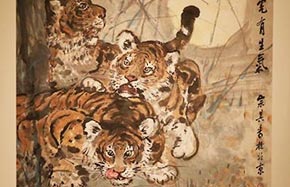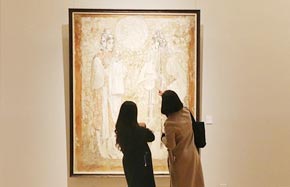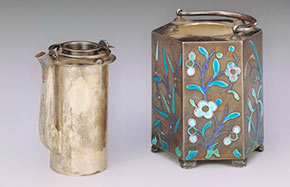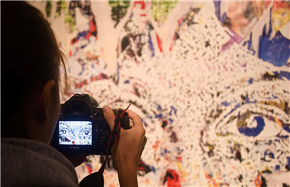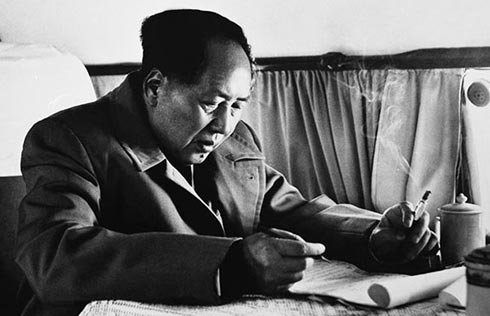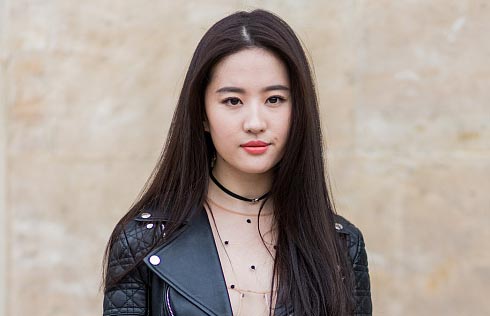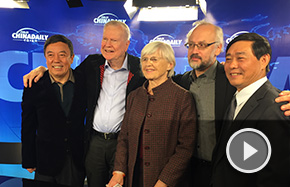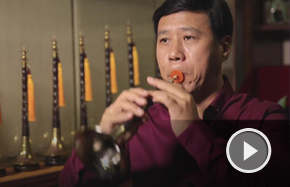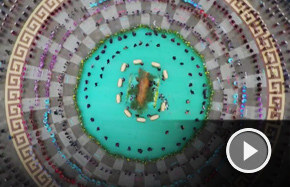Brush with greatness
|
LI's poem on Lanting Xu, Essay on the Orchid Pavilion. Lanting Xu was the best-known example of early xingshu style. |
Born in 1930, Li enlisted the army in 1949. He now works as a consultant at the Chinese Calligraphers Association and a professor at the Military Museum of the Chinese People's Revolution.
"Li's poetry collection has set an example for calligraphy art circles in the future and will be a perfect teaching material for the younger generations," said Kong Lingyi, curator of the military museum.
The collection fully showcases the charm of classic Chinese poetry, according to Zhang Daocheng, president of the Beijing Century Celebrity International Painting and Calligraphy Institute.
Works composed after Li turned 70 comprise a majority of the collection, including more than 40 works from 2004 when the poet expressed his ambition for greater achievements in his late years.
"Li's poetry is a true reflection of his character. He has paid special attention to the healthy growth of young people, and often does charity work for society, especially for people at the grassroots level," said Zhang, who also expressed his gratitude for Li's painstaking efforts in the development of the institute.
Li loves traditional culture and has an acute artistic perception, and his approach to creativity is full of life and very popular with the public, said Zhang Kunshan, member of the Chinese Calligraphers Association.
Some of his works recount major historical events such as the return of Hong Kong and the Launch of the Shenzhou spacecraft. Some were created as he traveled around the country, such as at the Longmen Grottoes and the Lijiang River.
Li also created many works on landscapes, bird-and-flower paintings and figure paintings using concise language in harmony with the scenes, said Zhang.
In 1995, Li finished his rendering of Sun Tze's The Art of War. Stretching more than 220 meters, the manuscript went on display at the military museum the same year, receiving very good reviews from the State leaders of the time including Jiang Zemin.
Related:
Observing filial piety in China






